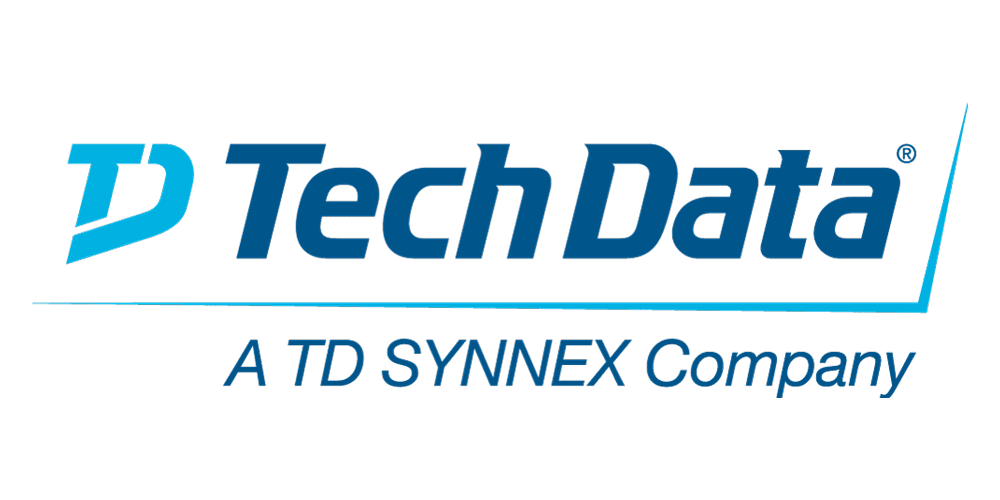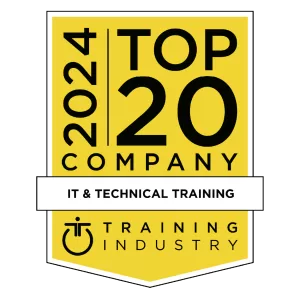This course is also available as classroom course Developing Solutions with IBM Decision Server Insights V8.10 (WB403G).
In this course, you learn about the main features of the Decision Server Insights component of IBM Operational Decision Manager V8.10.
Decision Server Insights combines rules and events on a highly available platform. By using Decision Server Insights, you can build applications that make decisions in near real-time and in situational contexts. You experience how to use time-based reasoning and location-based reasoning to build a real-world solution that detects and responds to business situations. You also learn the key capabilities of the multi-agent architecture of Decision Server Insights by developing several agents that are bound to a single entity for different purposes.
This course focuses on solution development, deployment, testing, and administration. You learn how to implement the business logic that detects business situations and uses situational context to decide and take the next best action.
The course begins with an overview of the programming model for Decision Server Insights and the architecture for the Decision Server Insights runtime environment. You learn how to design a Decision Server Insights solution, model the business entities and events that you care about, and implement the business logic. You work with a realistic test client to test the behavior of your implementation after deployment.
The course also covers administration topics, including installation, configuration of the Decision Server Insights reference topology, solution deployment in a grid environment, and grid administration.
If you are enrolling in a Self Paced Virtual Classroom or Web Based Training course, before you enroll, please review the Self-Paced Virtual Classes and Web-Based Training Classes on our Terms and Conditions page, as well as the system requirements, to ensure that your system meets the minimum requirements for this course. /terms






